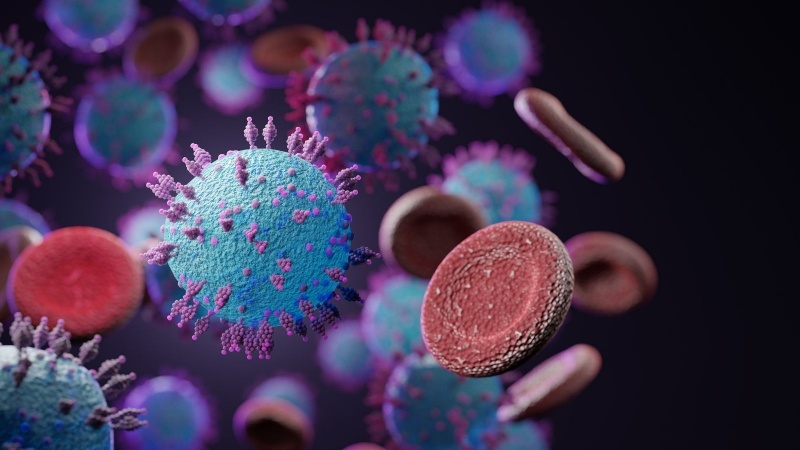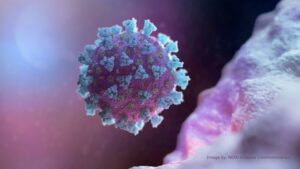
Yesterday, The World Health Organization (WHO) identified a new strain of the novel coronavirus called, B.1.621 or Mu, as a variant of interest.
Mu may induce more severe disease in affected populations, be more transmissible and potentially more resistant to vaccines and therapeutics compared to previously documented strains.
What does ‘variant of interest’ mean?
There are three categories for variants being monitored by global and U.S. health officials: “variants of interest,” “variants of concern” and “variants of high consequence.”
Each classification corresponds to the degree to which a new variant exhibits, “specific genetic markers that have been associated with changes to receptor binding, reduced neutralization by antibodies generated against previous infection or vaccination, reduced efficacy of treatments, potential diagnostic impact, or predicted increase in transmissibility or disease severity.” the Centers for Disease Control and Prevention (CDC) reports.
More research needs to be conducted to elevate the variant’s threat level.
Everything We Know About Mu
The first reported cases of the Mu variant appeared in Columbia back in January. Since then, it has been traced to 40 other countries including South America, the UK, Europe, the U.S, and Japan.
Mu accounts for less than 0.1% of the global population, and about 39% and 13% of cases in Colombia and Ecuador respectively.
According to WHO, Mu contains “a constellation of mutations that indicate potential properties of immune escape.”
Still, the CDC has yet to recognize Mu as a variant of interest. Some virologists are not convinced that the strain has the potential to surpass Delta as the dominant global strain.
Others are similarly doubtful that Mu’s sample size is large enough to meaningfully alter current pandemic guidance. In the U.S Delta accounts for 99.1% of new cases.
“It’s not very concerning at the present time,” William Schaffner, MD, an infectious disease specialist, and professor at the Vanderbilt University School of Medicine, said in an interview. “Researchers are still assessing how quickly it spreads and what its level of contagiousness is,” he says. “It’s interesting that it’s even reached the level of becoming a variant of interest [with the WHO].”
Expect to see more variants appear
Infectious disease expert Amesh A. Adalja, MD, a senior scholar at the Johns Hopkins Center for Health Security, recently told Health Magazine that new coronavirus variants “appear continuously.”
There are several factors that influence the speed at which a virus mutates. A diverse community of hosts facilitates the speedy modification of a pathogen’s DNA or RNA sequencing. A random mutation occurs after more than one virus infects a person at the same time; seeing each exchange genetic material.
The novel coronavirus is an RNA virus and mutates quicker than DNA viruses, like rabies for instance.
Reports about the fractional genetic changes evidenced by the novel coronavirus will help volcanologists develop a shortlist of targeted therapeutics but they rarely reduce the efficacy of preemptive measures like face masks and vaccines.
“People should not be so worried about this variant. Variants are continuously being generated.” Dr.Adalja told Health. “It’s unlikely that it is more fit than Delta and will be able to overtake it.”



